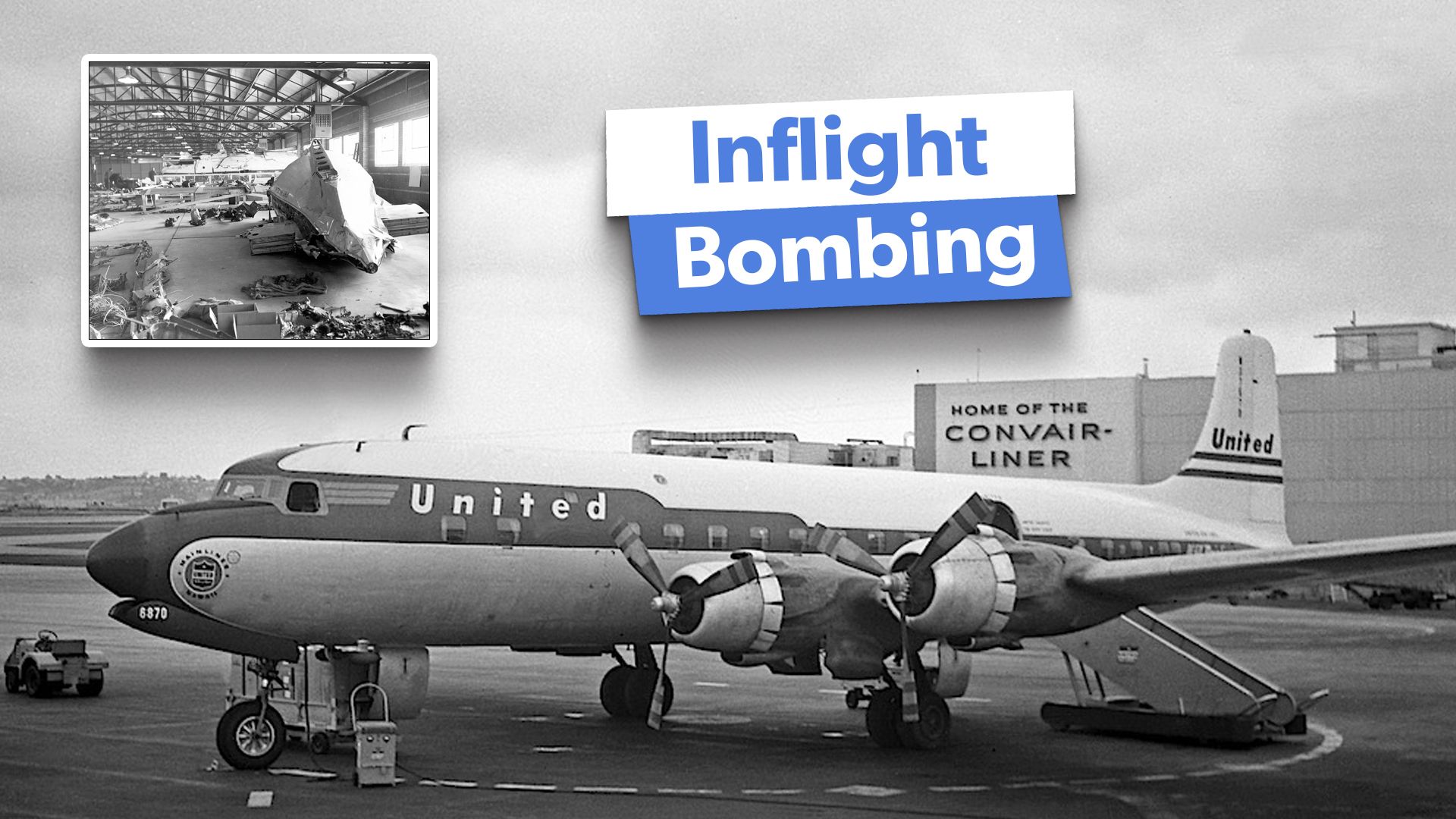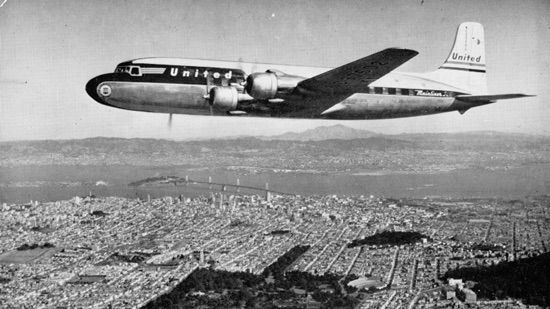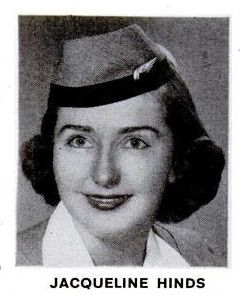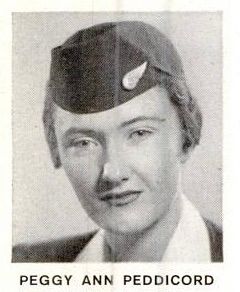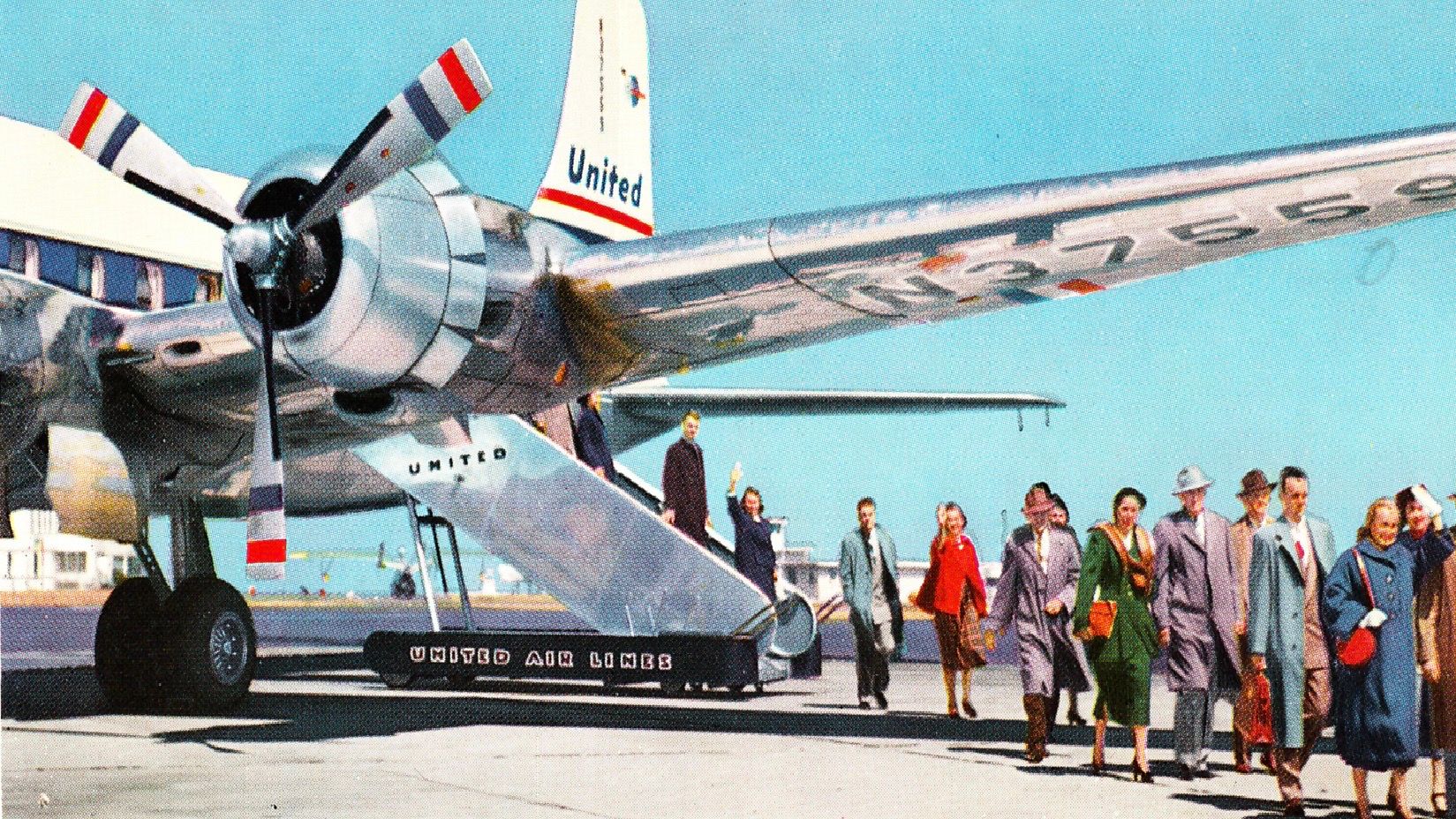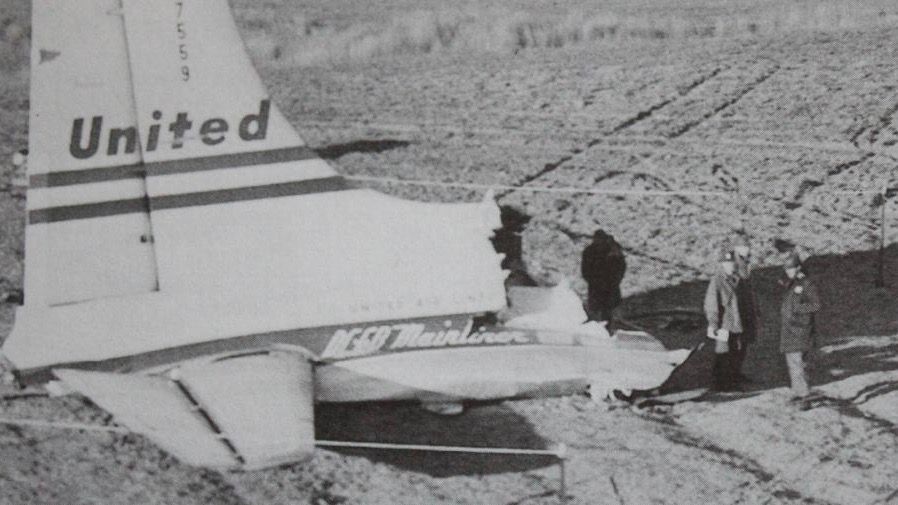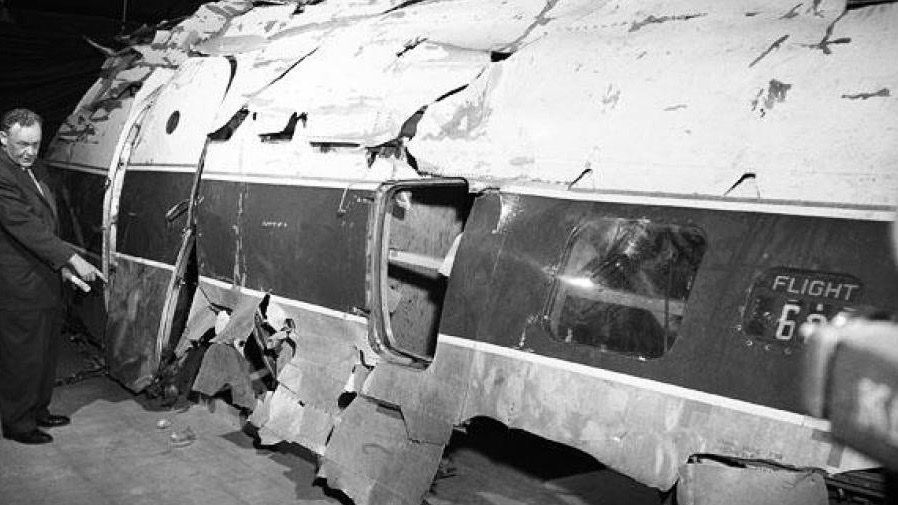Summary
- United Air Lines Flight 629 was destroyed by a bomb placed by John Gilbert Graham, killing all 44 on board.
- The investigation revealed Graham’s motive was a grudge and greed – he killed his mother for the insurance money.
- The deadly bombing provoked the introduction of a law making it illegal to intentionally bomb airliners.
It was November 1st, 1955. United Air Lines Flight 629 was getting ready for take-off at Stapleton International Airport, Denver, Colorado. It was to be a busy day as the flight had started at LaGuardia Airport, New York and stopped at Chicago Midway International Airport, Illinois before arriving in Denver.
The DC-6 named “MainlinerDenver” was then due to fly onwards to Seattle-Tacoma International Airport, Washington and Portland International Airport, Oregon. The Douglas DC-6 had five crew members and 39 passengers onboard. The youngest passenger was just 13 months and the oldest was 81 years old.
The crew
The captain of the flight was Lee H. Hall. He’d been with United Air Lines for 15 years. He was hoping to retire soon and spend more time with his family. Donald A. White was the first officer and he’d been flying for ten years. The flight engineer was Samuel F. Arthur who’d been flying for 9 years at the airline and had served in World War II.
There were two flight attendants working onboard that day, Jacqueline Lou Hinds and Peggy Lou Peddicord. Jacqueline was 26 and a university graduate. She had three sisters and came from a large family. She had worked for the airline for four and a half years and was a senior flight attendant.
Photo: Unknown
Peggy had worked with the airline for just ten months. She was also a university graduate and was 22 years old. Also, onboard was an off-duty flight attendant, Sally Scofield, 24, who was traveling to Seattle to prepare for her upcoming wedding.
Photo: Unknown
That evening
The flight was running eleven minutes late. The captain and first officer joined the flight at Denver and the aircraft was refueled. The flight attendants prepared for their flight, welcoming the passengers onboard and stowing their luggage. They were elegant and glamorous and reassured the nervous passengers, many who had never flown before.
The sun was just setting behind the Rocky Mountains. Jacqueline and Peggy would take their seats at the rear galley for the very last time. Flight 629 took off at 18:52 and headed west. Its last transmission was at 18:56.
An explosion
At 19:03, air traffic controllers saw two bright lights northwest of the airport. The lights fell for around 30 seconds before hitting the ground in a ball of fire. The controllers contacted all aircraft to find out which aircraft was down. The ‘Mainliner Denver” was the only one that didn’t respond. The aircraft crashed into a beet field, eight miles east of Longmont, Colorado. Local residents reported fiery wreckage falling from the sky, before impacting the ground in balls of flames, the aircraft ignited by jet fuel.
“…Then we hear this loud explosion that shook all the windows in the house. We looked outside and we could hear the roar of the engines, that’s how you knew it was a plane – and the ball of fire coming through the air.”
Local resident as told to Denver7 radio station.
The aftermath
The wreckage of the shattered aircraft covered an area of six miles. There were heaps of twisted metal and bodies and debris all around. Residents drove out to see if there were any survivors but there were none. The aircraft had been ripped in half. Two large craters held the wings, engines and landing gear. The rear of the fuselage was lying separately and the first indications were that it had been ripped off first.
The dispersal of debris showed that an explosion was likely. There was a strong smell of jet fuel and explosive material. Pools of fire continued to burn for three days. Investigators collected all the debris to rebuild the aircraft in a warehouse. This was in order to check their suspicions and rule out any other causes of the ‘accident’.
The investigation
The Civil Aeronautics Board (CAB) determined that there had been a bomb onboard that brought the aircraft down. Traces of chemicals were found that indicated dynamite had been used and soot smudges around the baggage compartment confirmed their suspicions. They believed that an explosive device had been placed in a passenger’s baggage.
The FBI believed the cause to be a bomb and started background checks on the passengers and those who had bought insurance at the airport. One of those was a local businesswoman, Daisie King. FBI agents found her handbag and inside were newspaper clippings that referred to her son, John. The pieces started to fall into place.
The strange story behind Flight 629
John Gilbert Graham, aged 23, had been arrested in 1951 for forgery. He had a grudge against his mother since he was a child due to the fact that she put him in an orphanage at a young age. Daisie King was going to see her daughter in Alaska, that day. Graham would go to the airport with her.
Later, investigators from the FBI searched his home and found wires and bomb parts identical to those found in the wreckage. They found paperwork that showed that he was the beneficiary of her will and numerous life insurance policies. However, as they were unsigned by Daisie King, they were rendered worthless.
He had also bought more insurance for his mother at the airport from a vendng machine at a cost of $1.50. This was not unusual in those times when flying was relatively new and people were nervous. Agents also found out that one of his mother’s restaurants, the Crown-A Drive-In, in Denver, had been destroyed by an explosion. Graham had insured the restaurant and collected the proceeds from the insurance policy.
When probed by the FBI agents, Graham denied involvement and insisted that his mother had packed her own baggage. His wife Gloria, however, told them that he had wrapped a gift for his mother on the morning of the flight. That gift enclosed 25 sticks of dynamite connected to a timer with 90 minutes on the clock and a battery. He had planned to kill her and benefit from the insurance.
Confessing to murder
Twelve days after the bombing, he confessed to placing the bomb in his mother’s luggage. After a one-year trial, Graham was convicted of first-degree murder but only that of his mother, as there was no other law in place for such a case. The trial was the first ever to be televised in the public interest. It was to be the deadliest act of mass murder in Colorado. His act, based on a grudge and greed, killed all 44 onboard.
Graham was executed on January 11, 1957, at the Colorado State Penitentiary by gas chamber. A bill was introduced by President Eisenhower that made it illegal to intentionally bomb an airliner. In the report, the CAB said that the cause of the accident was “… the disintegrating force of a dynamite bomb explosion which occured in the number four baggage compartment.”

